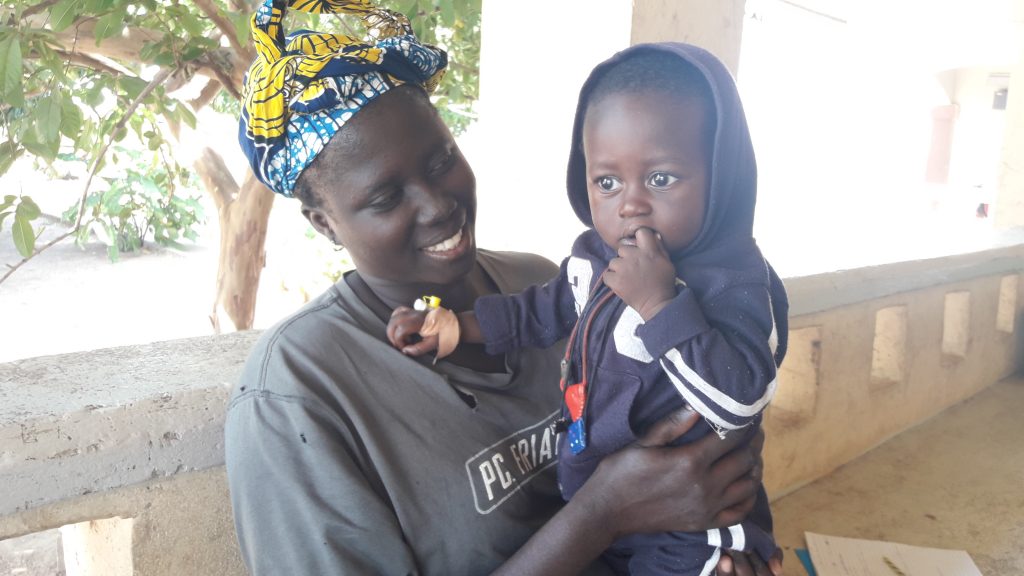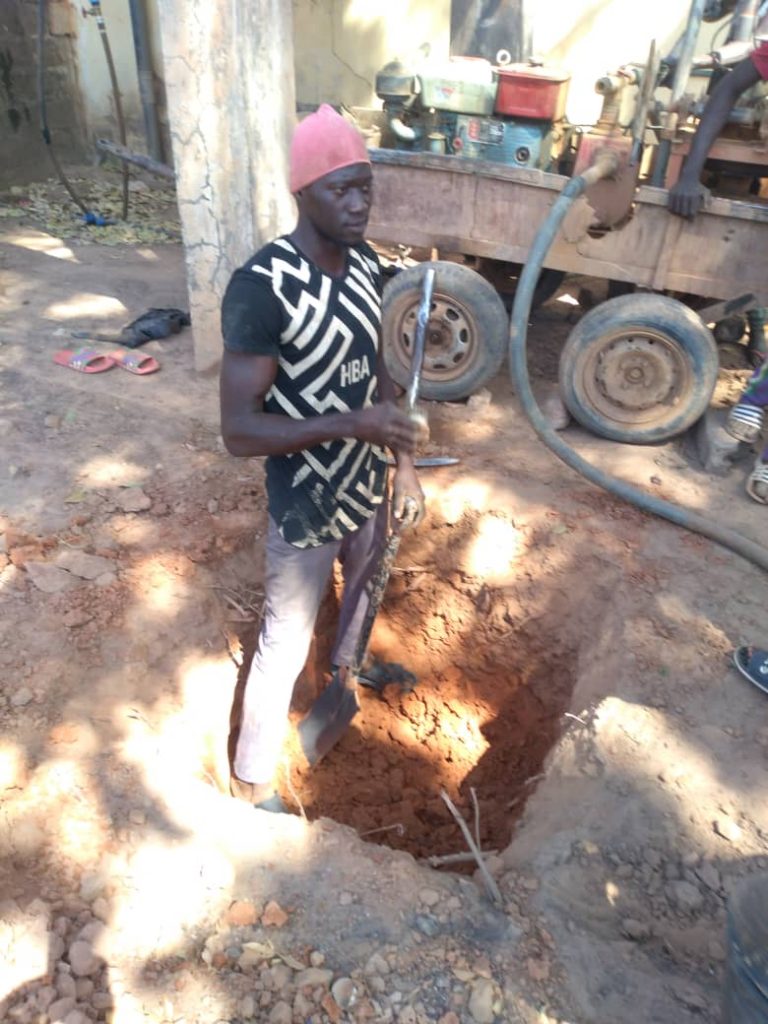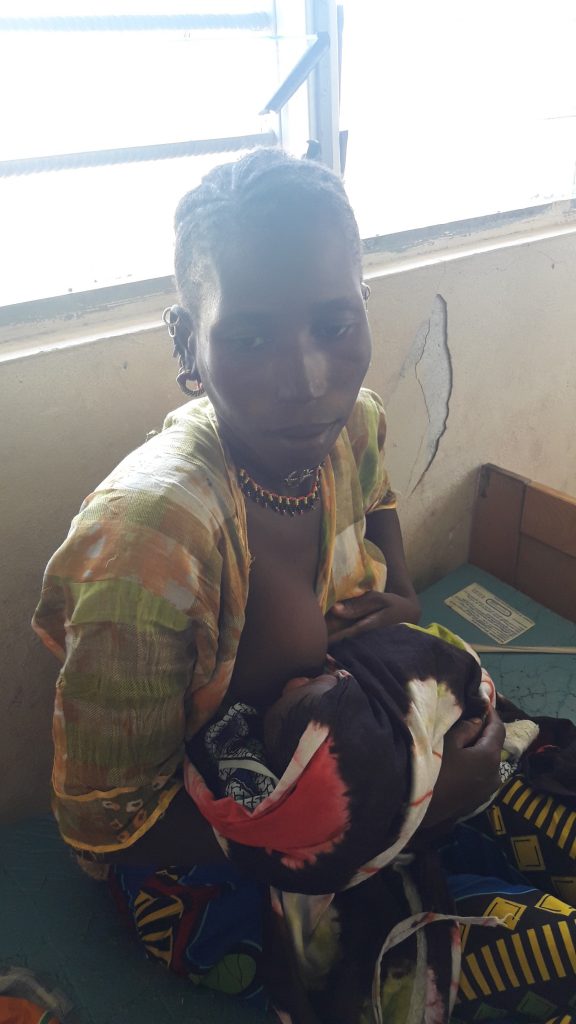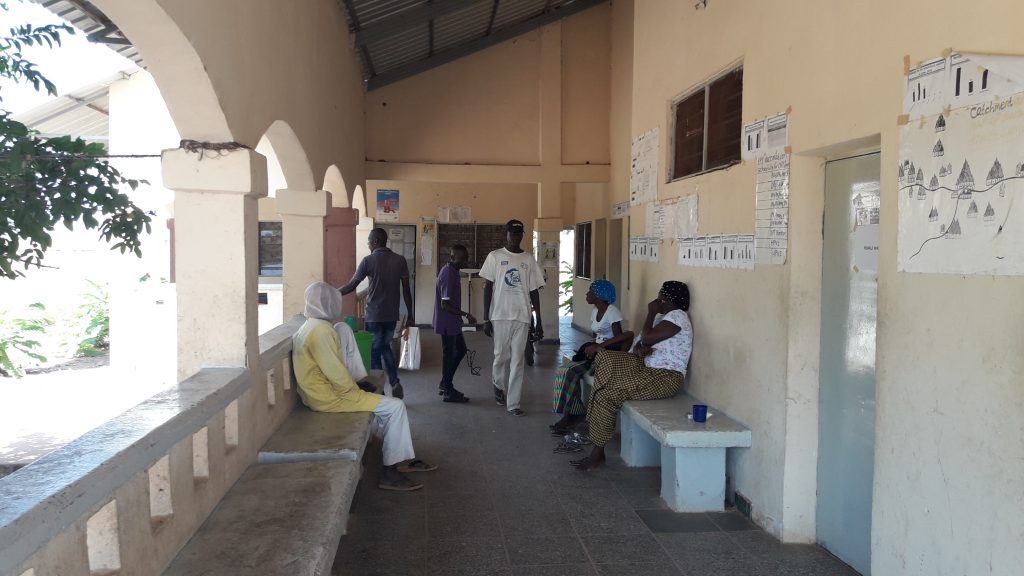
This project is made possible through the partnership of WATER CHARITY and the NATIONAL PEACE CORPS ASSOCIATION. ![]()
The Garawol portion of this project has been completed. To read about the conclusion, Click Here.
We will update this page when the Sara Kunda portion of the project is finished.
Locations
Garawol Health Center, Garawol Village, Kantora District, Upper River Region, The Gambia, West Africa
Sara Kunda Health Center, Sara Kunda Village, Sabach Sanjal District, North Bank Region, The Gambia, West Africa
Community Description
Garawol is the second-largest settlement in the Kantora district of the Upper River Region, The Gambia. It is largely inhabited by the Sarahule tribe who survive by subsistence farming and trading in traditional handicrafts. The village is about 3 kilometers off the Trans Gambia highway and 38 kilometers from the large market town of Basse. According to the 2013 population census, Garawol has a population of about 8,124 people. All roads leading to and from the village consist of gravel and are full of potholes.
Garawol health center is one of the most important health centers in the entire Upper River Region. Patients with severe and complicated illnesses are referred to Basse hospital, often being transported in an ambulance for intensive care. The health center conducts various crucial services like laboratory testing, in-patient services, labor and maternity services, out-patient services, reproductive and child health services, family planning services, referrals, and primary health care services. Twenty staff members run the health center with four volunteers.
The center serves 23 villages, including some in the neighboring country of Senegal whose residents cross the border to seek treatment at the Garawol health center. According to data collected in August, during the peak of the Malaria season, the facility provided the following services: 2462 patients were above the age of 5; 892 patients were below the age of 5; conducted 56 successful baby deliveries; immunization of 932 children; provided family planning to 1,856 women which is an 8% increase in the number of women seeking family planning care over the prior year. The catchment area is 28,690 people, excluding people from the neighboring country of Senegal.
Sara Kunda is located 9 kilometers off the North Bank Road through the Farafenni Passamas link. The community is comprised primarily of members of the Wolof and Mandinka tribes of subsistence farmers. The sport of wrestling, called “Lamba” in the local language of Wolof, edges out even soccer in popular support. The community of Sara Kunda is an ancient traditional wrestling village in the Badibu area (North Bank Region) of The Gambia. Sara Kunda has an estimated population of 1,316 people.
The Sara Kunda Health Center provides health care services for 16 villages, totaling a catchment area of approximately 11,200 people. Services conducted at the Sara Kunda Health Center include Out-patient services; in-patient services; HIV/AIDS guidance and counseling; labor and deliveries; antenatal and newborn services; public health services, laboratory services, minor surgeries like incision, etc.; family planning and youth services, and others. There are16 full-time staff and 2 volunteers running the facility.
Problem Addressed
The Garawol health center is facing a severe water shortage. There is only one tap head fed from the village borehole that only works for one hour in the evening. Clearly, this is nowhere near the amount of water the clinic needs. The lack of water has led to severe disruptions in the daily activities of the health center. Staff and patients must travel many meters to an open well to draw water by a pulley system. The entire health center lacks running water. The severe lack of water has led to the risk of nosocomial infections to patients, health care workers, and the public. It has also led to low staff morale. The lack of water has made it difficult to maintain the hygienic standard of the health facility.
The Sara Kunda health center also has a severe water shortage. Even accessible drinking water for the staff is a major constraint. Patients and staff must walk a long distance with ‘‘bindings’’ (20-liter water cans) to fetch water from the village hand pump. The lack of running water greatly impedes the work of the health center which serves more than 11,200 people. Often, due to the lack of water, hospital staff have had to evacuate labor cases to Faraffeni regional hospital which is about 40 Km away. The laboratory isn’t working due to the lack of water. Only RDT tests can be conducted for Malaria cases. All other tests are sent to be processed at Farafenni Regional Hospital which is time-consuming and costly as patients must pay for the ambulance driver’s fuel cost. Lack of water has greatly limited the clinic’s ability to deliver babies. Sanitation and hygiene have become huge risk factors.
Project Description
These two projects will provide safe and reliable water supply systems for the Garawol Health Center and the Sara Kunda Health Center. Each of the two projects consists of executing the following construction plan: A 4.5-inch borehole will be dug at the health center, including a high-quality solar pump, which will provide enough water for the health center 24 hours-a-day.
- A fully-braced metal-framed tower will be erected at 6-meters height to support the 2000-liter water tank. This will always provide a high-pressure water flow for the health center.
- A triple-layered 2000-liter storage tank will be mounted. (Considering the scorching heat of the area in the summer, we were advised to use a triple-layered water tank for heat durability.)
- Two 260-Watt solar panels with a secured frame will be mounted and screwed in with bolt nuts for long-lasting durability.
- Piping will be laid to provide four standpipes, making clean drinking water readily accessible to patients and health center staff.
- Extensive plumbing will be laid for the staff quarters.
- Plumbing will also be laid to provide clean drinking water to the maternity ward, to the admission ward, to the outpatient ward, and to all other wards, allowing for the provision of new wash hand basins, showerheads, and toilets. This system will always make water and hygiene accessible to clinic staff and patients.
- Visitors’ toilets will also be provided.
In Sara Kunda outside the health center, there is an unused 620 square meter fertile plot of land available for a clinic vegetable garden. A stand tap will be provided on the empty plot of land for a vegetable garden which will provide food for staff.
Project Impact
The Garawol Health Center Project will benefit at least 28,690 people. The Sara Kunda Health Center Project will benefit at least 11,200 people, most of whom will be women and children. In total, these two water system projects will benefit over 39,890 people.
Let Girls Learn
Healthy children (and healthy mothers) are a precondition for girls learning. Both projects will help girls stay healthy and perform well in school.
Project Administration
Emily Lundberg, Ph.D., Water Charity Country Director – The Gambia, working with Mike McConnell, Managing Trustee of GambiaRising and former Country Director for Peace Corps in The Gambia, and Ebrima Marong, Water for Everyone Initiative Program Manager.
Monitoring and Maintenance
For the Garawol Health Center Project, the monitoring and maintenance team consists of Lamin Jarju (Chief Nurse in charge of Garawol Health Center), Alpha Bah (Deputy Chief in Charge), Ousman Baldeh (senior nurse), and Village development committee members. The overall implementation of the project will be overseen by Ebrima Marong (Water Charity project coordinator, The Gambia).
For the Sara Kunda Health Center Project, the monitoring and maintenance team includes Alajie Trawally (Officer in charge Sara Kunda Health Center), Dodou Cham (deputy officer in Charge), Mariama Sabally (Health center management committee chairperson). The implementation of the project will be overseen by Ebrima Marong, (Water Charity project coordinator, The Gambia).
Project Funding
This project has been funded by an anonymous donor.
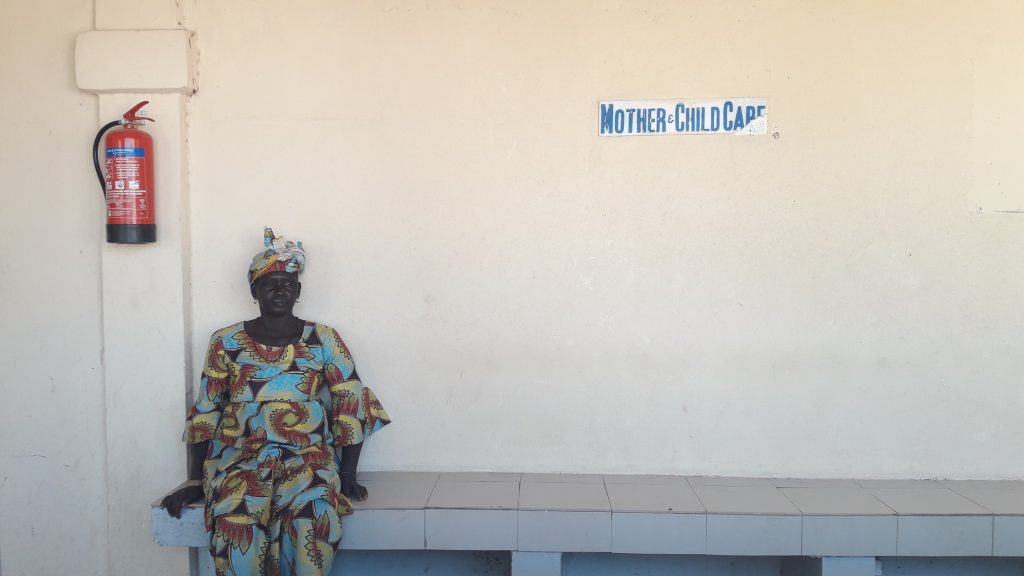
Project Conclusion: To provide water, Water Charity dug a 4.5-inch borehole and installed a high-quality solar pump. For high-pressure gravity–fed water flow, a fully-braced metal-framed tower was erected at 6-meters height to support the 2,000-liter water tank. Two 260-Watt solar panels were mounted on a frame. Piping was laid to provide four standpipes, making clean drinking water readily accessible to patients and health center staff. Extensive plumbing was laid for the staff quarters, the maternity ward, the admission ward, the outpatient ward, and to all other wards, allowing for the provision of new wash hand basins, showerheads, and toilets. Outside the health center, a stand tap will water an unused 620 square meter fertile plot of land as a vegetable garden, which will provide food for the hospital staff.
